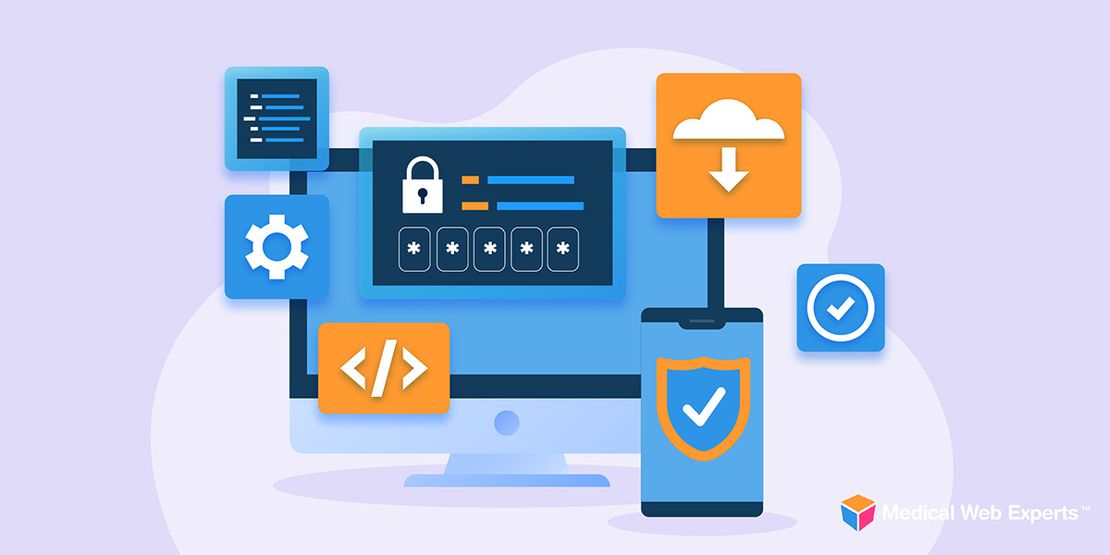Although much of the medical field has made the transition from paper to electronic health records, the available models for electronic patient reported outcomes (PROs) have not been as effective or efficient as paper in capturing patient data. Most of the original electronic PROs were designed for more complicated trials, which meant that those with less volume and complexity were conducted on paper because it was less expensive and time consuming.
All of that may change now, as new models of e-PROs that are integrated with electronic data capture systems have been released. In September 2014, clinical research firm Medidata and ICON plc, a development firm that specializes in pharmaceuticals, biotechnology and medical devices, announced an initiative to create a better model for e-PROs focused on clinical trials. In this model, Medidata’s cloud-based technology and ICON’s pre-validated surveys capture patient data and simplify the process of setting up and participating in trials.
Medidata’s product, Patient Cloud, even has a configurable interface that can even be used as a mobile app. These new user-friendly models increase transparency, organization, and validation of data more than ever before.
[related_content]Many people worry that electronic PROs require a great deal of training, or that users will not understand the technology. But research conducted by institutes like the Center for Health Services and Outcomes Research have reported that patients, staff and family find that the benefits of e-PROs greatly outweigh the slight inconveniences associated with understanding the new technology and procedures.
E-PROs have other benefits as well. Electronic systems are standardized to leave less room for human error, and digitalizing patients’ feedback makes it easier to share important results and insights with providers, managers and patients. Facilitating stakeholders’ access to the information in e-PROs will lead to more effective change in the areas of patient care, treatment, and public medical records.
There are currently more e-PROs than ever before, and improvements in their design mean that there are many ways to integrate the data from the reports into everyday clinical care and patient monitoring. Such advances in the organization of medical records lead to better communication between patients and doctors and provide useful trending information to the medical community.

Posted on October 06, 2021 by Pablo Bullian
Medical Web Experts Security Bulletin: October 2021
Walgreens’ Poor Security Measures Exposed Patient Data and Covid-19 Test Results Patients who got a Covid-19 test at Walgreens, possibly as far back as July 2020, were vulnerable to data…Read more

